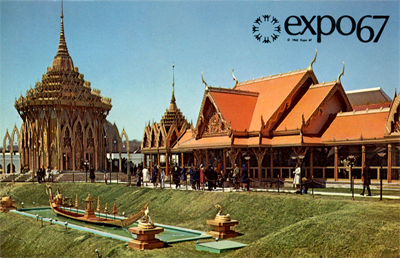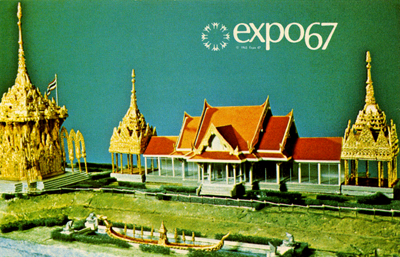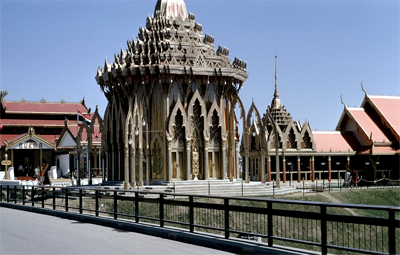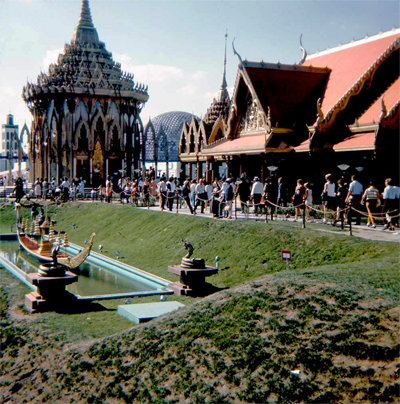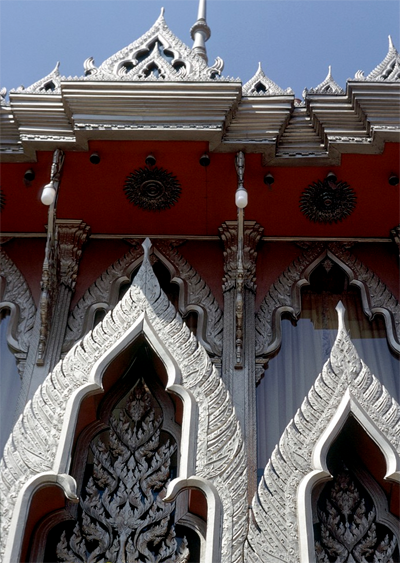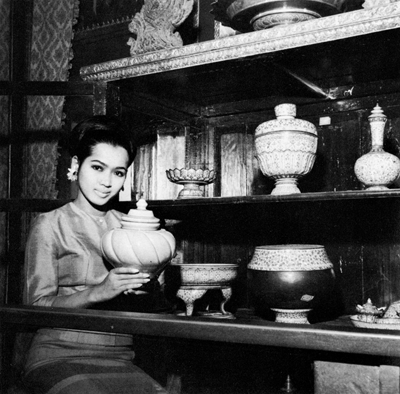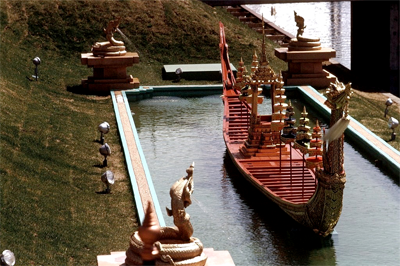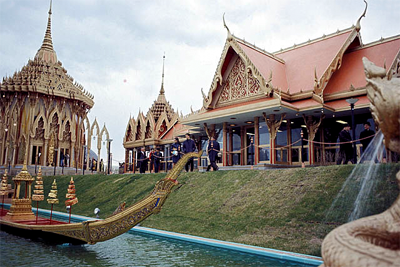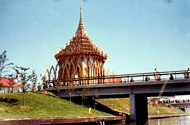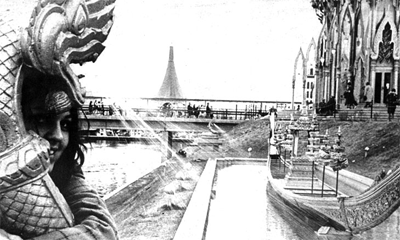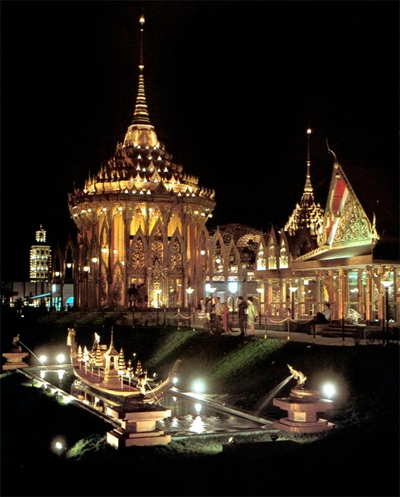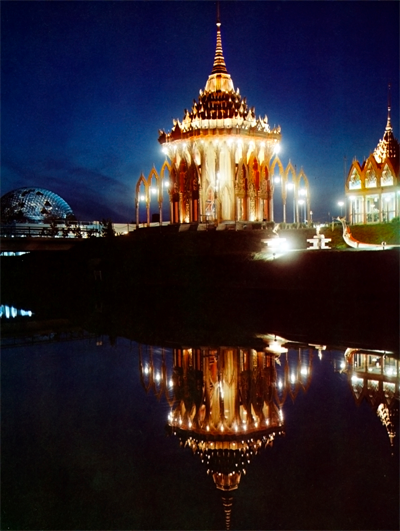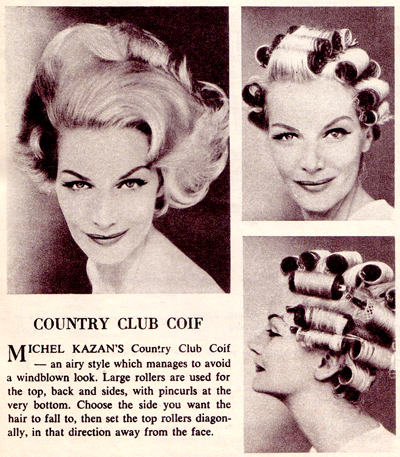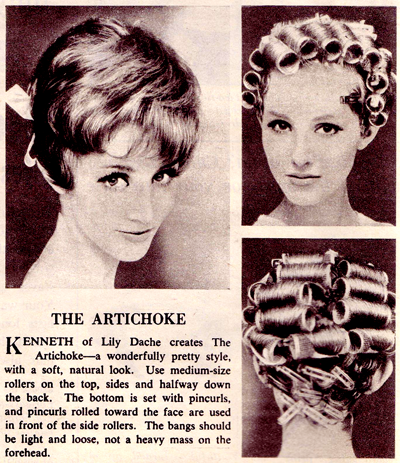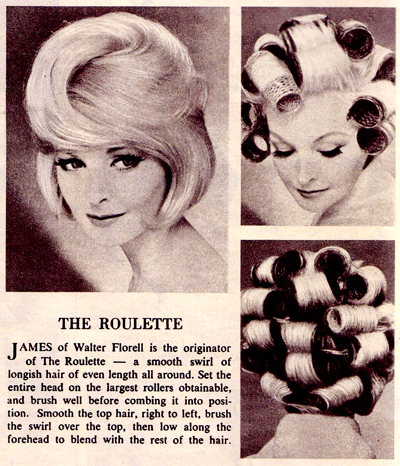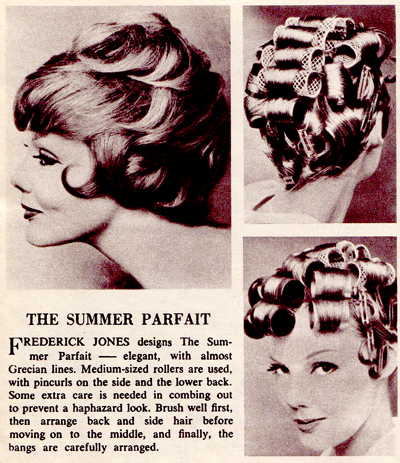 Artist's conception of the Château Champlain and surrounding area, 1965.
Artist's conception of the Château Champlain and surrounding area, 1965.Designed by Quebec architects Roger D'Astous and Jean-Paul Pothier, the Château Champlain hotel was built in anticipation of the massive influx of visitors expected for Expo 67.
Located just south of Dominion Square, the 480-foot, 38-storey luxury hotel was part of the Place du Canada complex, which included a pedestrian plaza, boutiques, and an office building.
The Château Champlain was built by Canadian Pacific Hotels, a division of the Canadian Pacific Railway, at the cost of $25 million. Construction was completed in late 1966, with the official opening in the spring of 1967, just in time for Expo.
 Close-up view of the hotel's top, with it's ubiquitous arched windows.
Close-up view of the hotel's top, with it's ubiquitous arched windows.The 480-foot tower's facade included 1100 concrete panels, finished in a textured white quartz composite, with 660 of these bowed and arched to frame the Château Champlain's signature curved windows. The arched windows were intended by the designers as a visual reference to the Romanesque Revival arches of nearby historic Windsor Station.
The interior of the hotel was designed with a distinct French Canadian character, a modern blend of old and new.
The hotel's main and lower lobbies, as well as its ballroom, featured cathedral-like vaulted ceilings from which hung contemporary chandeliers. The traditional crystal ballroom, with balconies, could welcome 500 guests for a formal dinner, or 900 for dancing.
Guest rooms were U-shaped, dictated by the architecture, with an arched bay window in each room. A round breakfast table was set in the bay window which was curtained with light and airy drapery. Furniture was simplified as much as possible: a mirrored dressing area in each room provided built-in luggage and clothing storage, forgoing the need for bulky free standing units. Upholstered chairs and ottomans featured modern interpretations of traditional styles. Tasteful accessories such as cushions, lamps and paintings completed the décor.
Rooms on the east side of the hotel had an unobstructed view of Expo 67.
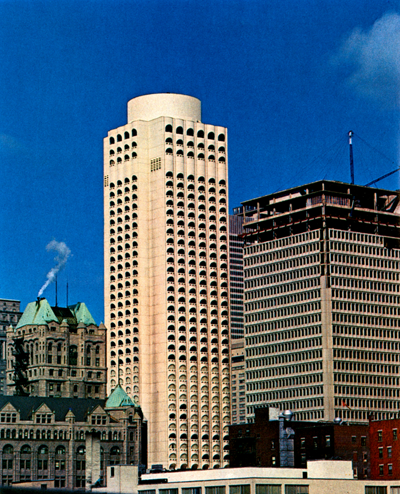 The office tower (right) was unfinished at the time of this photo (1966).
The office tower (right) was unfinished at the time of this photo (1966).The Château Champlain featured 7 dining rooms and cocktail lounges:
Le Caf' Conc' was built like a turn-of-the-century theatre, recalling the heyday of French cafés-concerts. Included was a full stage, tiered parterre and box seats... adorned with gilt-framed paintings on a backdrop of lush reds, purples, and gold.
Le Café-Terrasse featured sliding doors that opened onto the pedestrian plaza during the warm months. An open kitchen served coffee, crèpes, home-made soups, etc.
Le Tournebroche, as the name suggests, served spit roasted and grilled specialties. The largest of Château Champlain's restaurants featured a décor that recalled an old-style Quebecois auberge. Bread was baked in brick ovens, while a series of alcoves along a 60-foot wall let guests observe the chefs at work. The restaurant also featured a walk-in wine cavern and a special section where cheese and sausage hung from the ceiling.
L'Escapade, the hotel's rooftop entertainment centre, offered a panoramic view of Montreal and its surroundings. 4 split-level sections were linked by vaulted archways, containing 2 à la carte restaurants, as well as a cocktail lounge and nightclub.
Le Jardin, the formal cocktail lounge, featured a winter garden with poodle cut box hedges in marble planters. Vaulted ceilings were painted with a cloud motif, and 5 French doors led to the formal dining room.
Le Neufchâtel was the Château Champlain's formal dining room, and the only area that was decorated in a purely formal manner. À la carte lunches and table d'hôte dinners were enjoyed in ornate Louis XVI style...
 From left: Neighboring Mary Queen of The World Cathedral and Windsor Station.
From left: Neighboring Mary Queen of The World Cathedral and Windsor Station.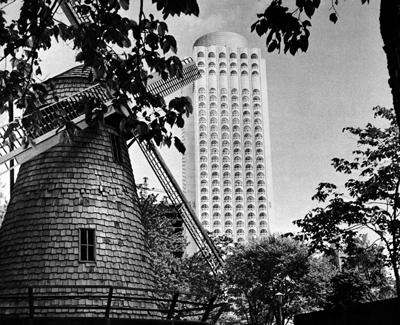 A decorative windmill on Dominion Square contrasted with the modern hotel.
A decorative windmill on Dominion Square contrasted with the modern hotel.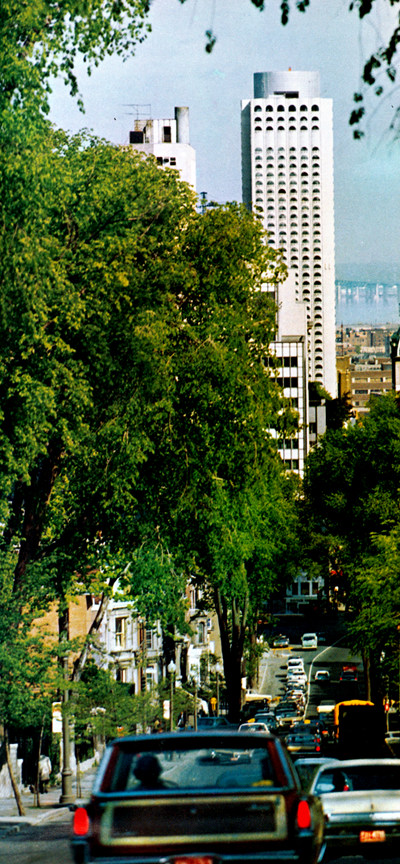 A 1966 view of from Peel Street. Till today, the hotel remains Montreal's tallest.
A 1966 view of from Peel Street. Till today, the hotel remains Montreal's tallest.images: authors own, from Montreal '65 & '66 magazines
